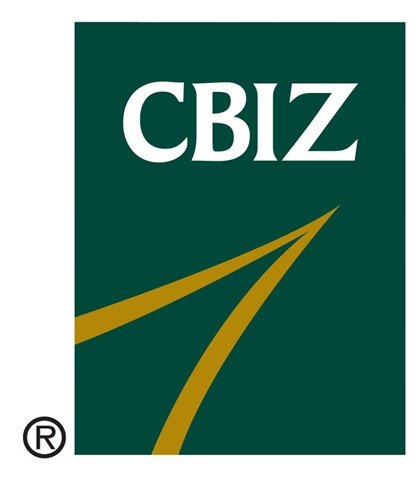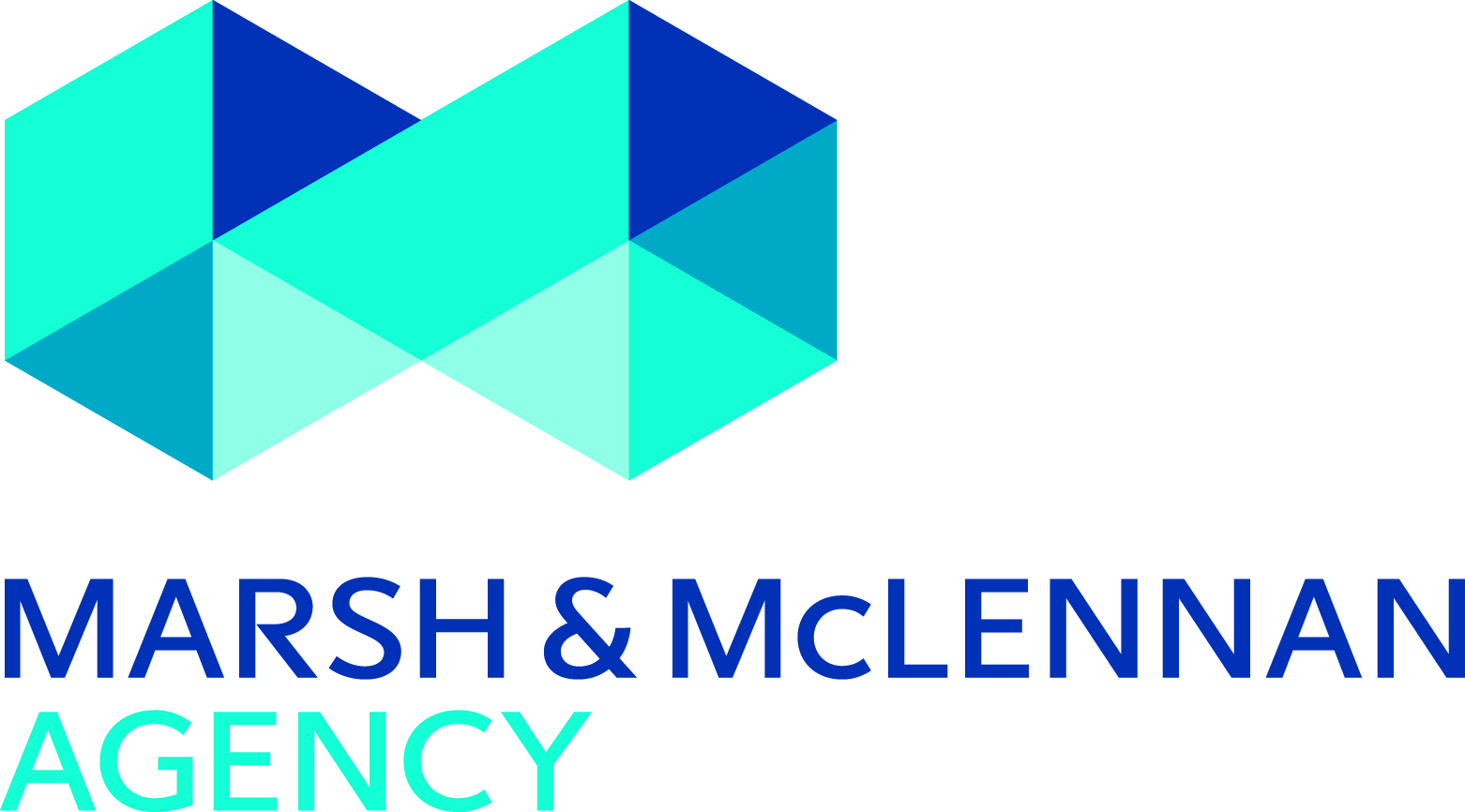Welcome
Environmental Aspects Inspection - WORKSHOP
-
Inspection Conducted by
-
Location
-
Conducted on
Record Weather affecting the Environmental Aspects of the site (eg. Heavy rain causing washoff)
Weather
-
Weather (Previous 24hrs) - important as this can impact on the state of the site during inspection
- Intense Rain (could cause damage to unsealed surfaces)
- Medium Rainfall
- Insignificant Rainfall
- Snow/ Sleet
-
Weather (Current) - inclement weather allows the identification of aspects & impacts occurring due to rain, storms, sleet, drought
- Intense Rain (could cause damage to unsealed surfaces)
- Medium Rainfall
- Insignificant Rainfall
- Snow/ Sleet
Fuel & Ad-Blue Storage Vessels
Fuel Tanks
-
All ground footings are secure?
-
There is no cracking/corrosion in the structural supports or welds?
-
The level indicator is functional?
-
Are all valves (delivery and discharge) in sound condition?
-
Is tank protected from physical collision?
-
Is the location of Fuel Tanks, Spill Kits and bulk storage marked on the site map?
-
Comment on your findings for this section
Spills
-
Is there a spill kit nearby and is it suitable?
-
Is the spill kit monitored and maintained?
-
Are staff training in the response to spill kits
Dump Point
-
Is the dump point easily accessible and in good condition?
-
Are connection points in good condition and no leaks present when in use?
-
Is a spill kit or other equipment readily available for a rapid cleanup and decontamination?
-
Are staff trained in the use of the dump point facility and the emergency cleanup process?
-
Is there any sign of leakage / spillage when used?
-
Is there a process in place to monitor levels and pump out before getting too high?
-
Are records available as evidence of the regular cleanouts?
Storage Bund
Capacity and Condition
-
The minimum bund capacity must meet which-ever of the following is the largest:
-
1. 100% of the largest tank and 10% of the second largest tank.
2. Sufficient capacity to hold the contents of any bulk tanker vehicle unloading in the bund.
3. 25% of the combined capacity of all IBC’s, drums or other packages in the bund including empties.
The displaced volumes (e.g. concrete plinths & other tanks) below the top of the bund crest is to be allowed for when calculating bund capacity. The bunds should also have additional capacity to store rainwater or 20 minutes of fire water where appropriated. -
The bund exhibits signs of stability, i.e. the bund walls vertical?
-
The bund exhibits NO signs of cracking in the base or walls?
-
Is the bund protected from rain and heavy weather?
-
Does the bund have adequate ventilation?
-
Is the bund in a sound condition?
-
Is any form of splash guard or equivalent in place?
-
Check bund drainage valves (if there are any) have been left in the correct position.
-
Where present, are all joints in good condition?
-
The bund float switches / leak detection instruments are working correctly?
-
There is NO evidence of recent leaks?
-
There is NO evidence of damage to the bund structure?
-
There is no rainwater in the storage bund?
-
Staff know how to respond if the bund level monitor begins alarming
-
Where do the bund drain pipe(s) drain to, if in place?
Delivery Bund
-
There is NO evidence of tankers discharging fuel outside of the storage bund (e.g. chemical staining on ground)?
Tanker / Delivery Bund (if applicable)
-
Is the Tanker / Delivery Bund maintained?
-
The storage tank to collect runoff from the Delivery bund, does NOT contain rainwater?
Waste Disposal
-
Have drains & containment devices been cleaned out within the past 3 months?
-
Is signage in place identifying the types of waste and accessibility?
-
Is Waste segregated as appropriate (eg. oily rags etc into dedicated recepticles for approved removalist)?
-
Are Waste records available?
-
Is there any evidence of materials, liquids, sediment, chemicals, fuels, oils, on the fenceline grounds or stormwater drains.
Spill Kits and PPE
-
Is there at least 1 spill kit dedicated to the Refueling point and 1 for the washbay?
-
Is signage in place at all spill stations?
-
Are the spill kit suitable for the substances in the area?
-
Are the spill kits being monitored and replenished?
-
Do the kits includes a Hazard Warning Triangle for emergency response?
-
Have staff been trained in the use of the Spill Kit?
-
Are staff using the appropriate PPE?
-
Is the PPE in good condition, monitored and maintained?
Emergency Response
-
Are staff trained in the required response to a incident involving hazardous substances, waste and bunding?
-
Are staff aware of the reporting requirements for incidents associated with spill incidents and hazard reporting?
-
Is an eyewash available in the area, maintained and regularly checked?
-
Do staff have access to a First Aid Kit?
-
Is the first aid kit monitored and in good condition?
-
Are qualified first aiders available in case of emergency?
Comments and actions
-
General comments
-
Recommended actions
-
Sign










